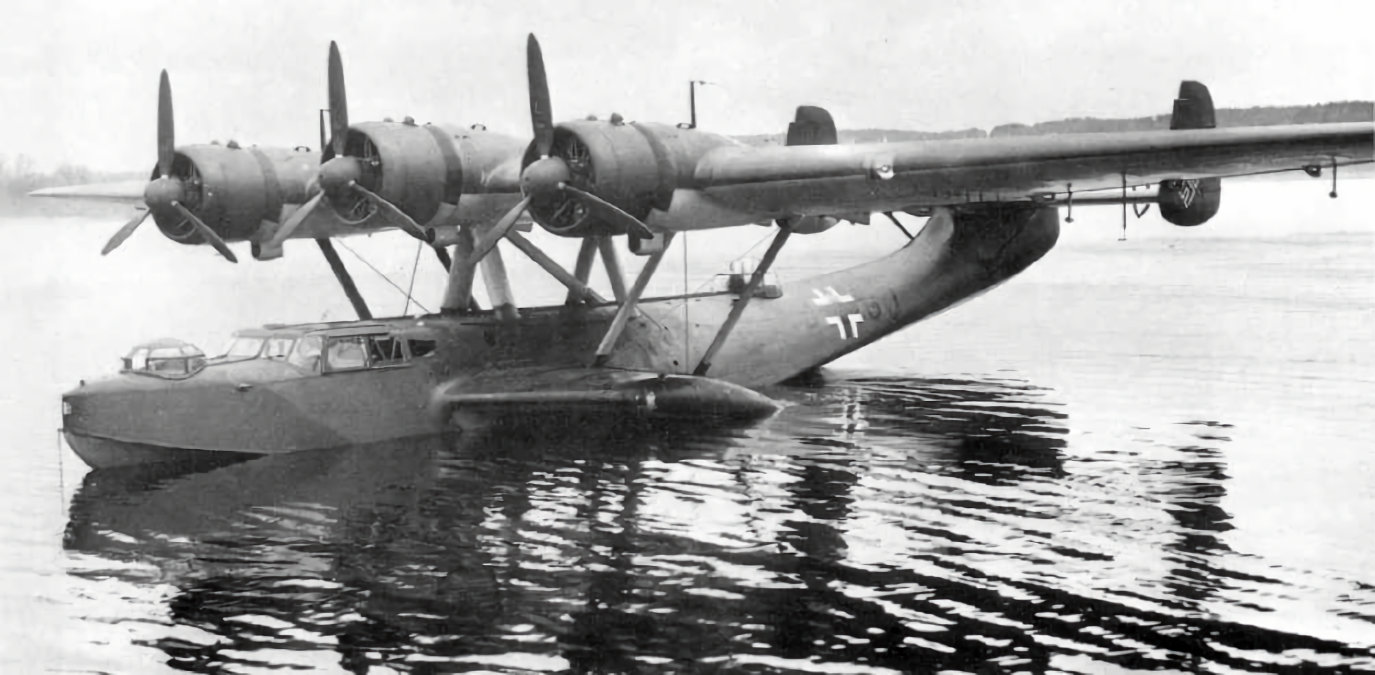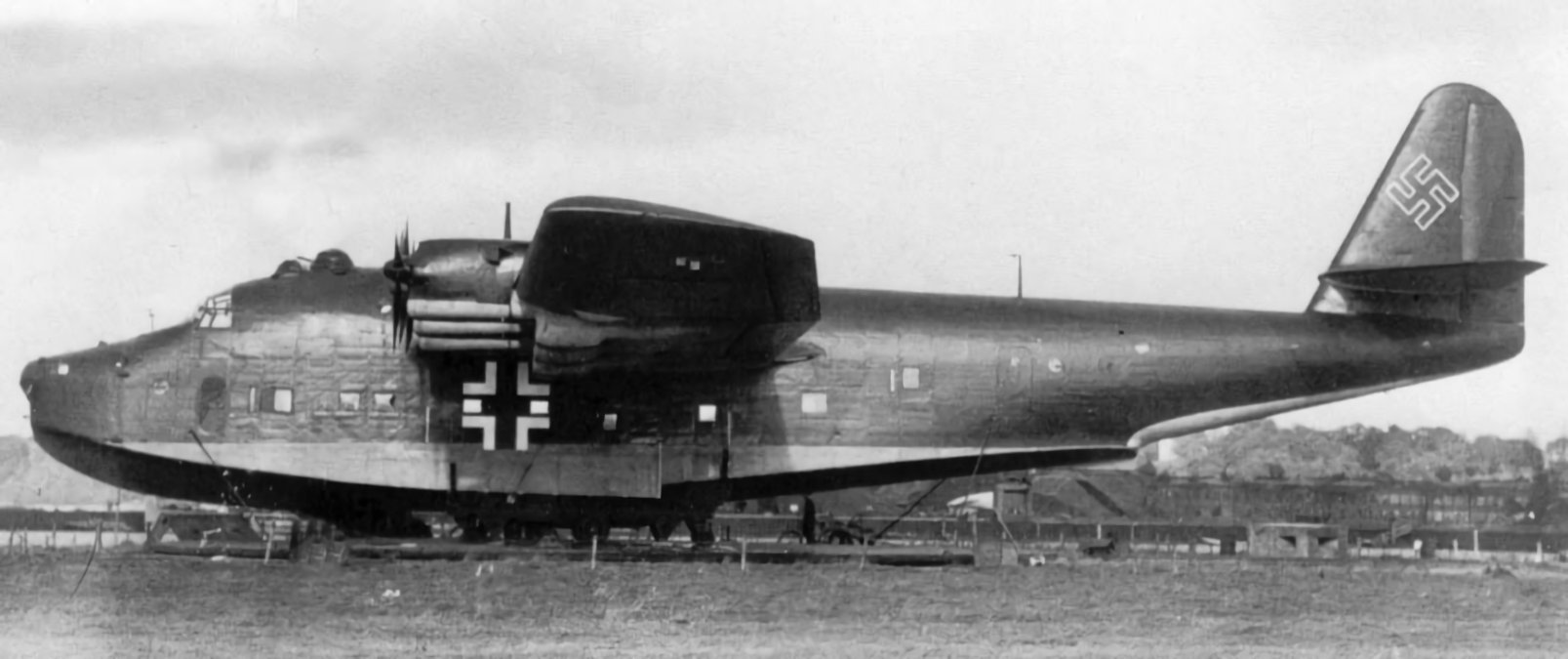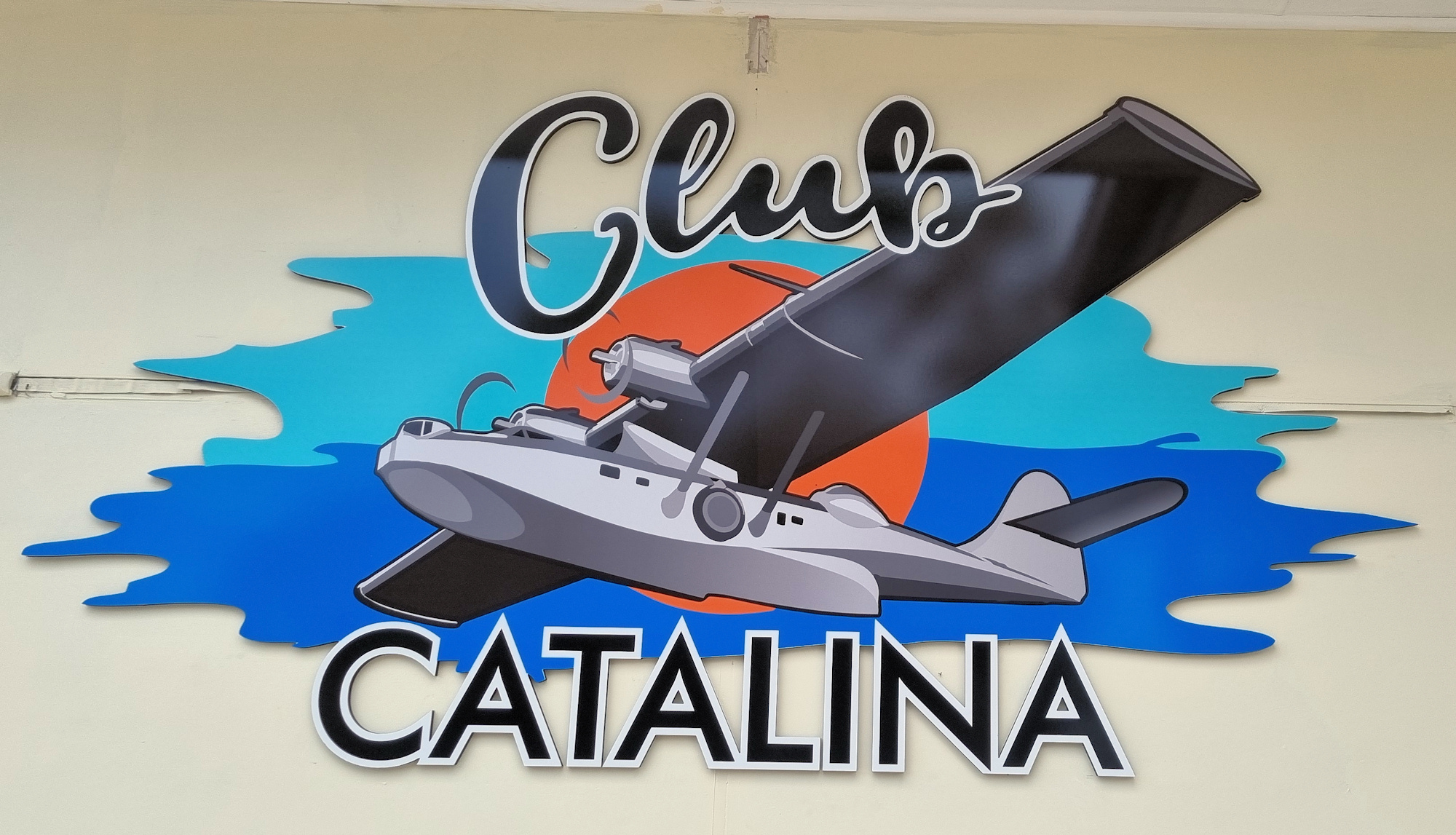Tag: Flying Boat
-
Dornier Do 24 Flying Boat in German Service

Destinations
Dornier Do 24 Flying Boat in German Service Designed to a Royal Netherlands Navy requirement for a replacement of the Dornier Wals being used in the Dutch East Indies, the Dornier Do 24K first flew on 3 July 1937. The Netherlands planned to operate up to 90 Do 24K flying boats, however when Germany invaded… Read more
-
Blohm und Voss BV 222 Wiking Flying Boat

Destinations
Blohm und Voss BV 222 Wiking Flying Boat The Blohm und Voss BV 222 Wiking was a large six-engined flying boat originally designed for Luft Hansa as a trans-Atlantic commercial transport. With the commencement of World War Two, production was overtaken by the Luftwaffe. Used as a long range transport, reconnaissance and air-ambulance a total of 13… Read more
-
Catalina War Memorial Rathmines

Destinations
Catalina War Memorial Rathmines Once an air base in World War Two, little remains of RAAF Rathmines apart from some re-purposed buildings and a war memorial dedicated to the crews of Catalina flying boats based here. The beaching ramp where the Catalinas were brought ashore is now a boat launching ramp. Behind the memorial, the… Read more